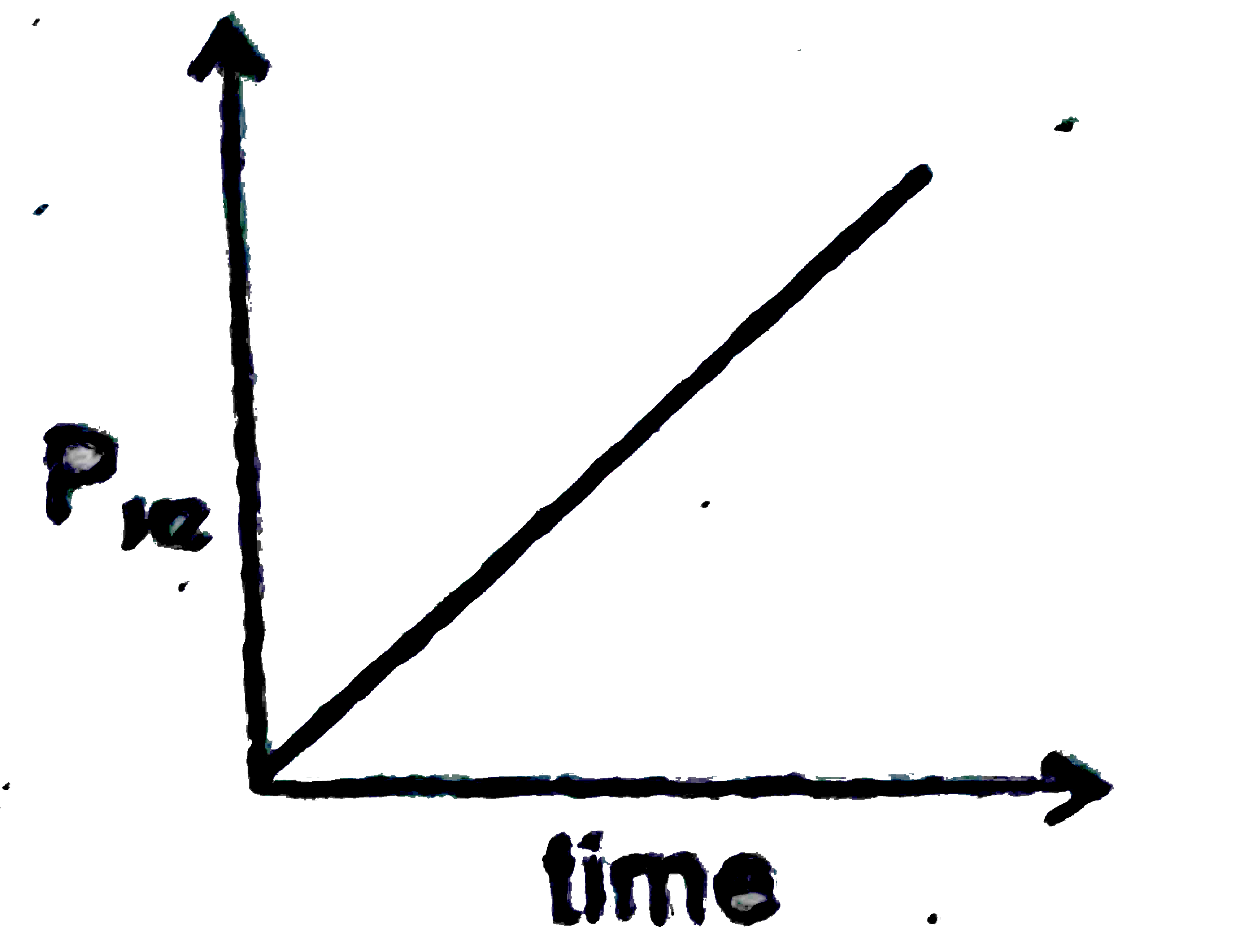Decomposition of follows first order kinetics.Initially only A is present in the container.Pressure developed after 20 min. and infinite time are 3.5 and 4 atm respectively.Which of the following is true .
10 Min
20 Min
40 Min
5 Min
The correct Answer is:A
Step by step video & text solution for Decomposition of 3A(g)to2B(g)+2C(g) follows first order kinetics.Initially only A is present in the container.Pressure developed after 20 min. and infinite time are 3.5 and 4 atm respectively.Which of the following is true . by Chemistry experts to help you in doubts & scoring excellent marks in Class 12 exams.
Updated on:21/07/2023Similar Questions
A first order reaction,
3A(g)→2B(g)+3C(g)
Starting with pure A the pressure developed after 4 min and infinite time is 4.5 atm and 5 atm respectively then calculate time (in minutes) required for 87.5% decomposition of A .
View SolutionThe reaction A(g)→2B(g)+C(g) follows first order kinetics. The reaction is started with pure 'A' in a rigid closed vessel maintained at constant temperature. After 10 s, a pin hole is developed in the vessel. If the molar ratio of gases 'A' and 'B' coming out initially is 1 : 2, the rate constant of reaction (in s−1 ) is (Molar masses of A, B and C are 16, 4 and 8 g/mol, respectively, ln 2 = 0.7, ln 3 = 1.1)
View Solution
Knowledge Check
Decomposition of reaction 3A(g) → 2B(g) + 2C(s) follows first order kinetics. Starting with pure A(at 6 atm), the pressure developed after 20 minutes and after a long time are 5.05 atm and 4.05 atm, respectively. Identify the correct statement.
ATime for 75% completion is slightly more than 40 minute.BTime for 87.5% completion is slightly less than 60 minute.CTime for 93.75% completion is exactly 80 minute.DTime for 90% completion is more than 80 minute.Decomposition of Hl(g) on Gold surface is zero order reaction. Initially, few moles of H2 are present in container then which of the following graph is correct ?
A B
B C
C D
D
The decomposition of a gaseous substance (A) to yield gaseous products (B), (C) follows First order kinetics. If initially only (A) is present and 10 minutes after the start of the reaction the pressure of (A) is 200 mm Hg and that of overall mixture is 300 mm Hg, then rate constant for 2A→B+3C is :
A(1600)ln1.25sec−1B((2.303)/(10))"log"1.5"min"^(-1)C(110)ln1.25sec−1Dnone of these
A(g)Δ−−→P(g)+Q(g)+R(g), follows first order kinetics with a half-life of 69.3 s at 500∘C. Starting from the gas A enclosed in a container at 500∘C and at a pressure of 0.4 atm, the total pressure of the system after 230 s will be
View SolutionThe decomposition of a gaseous substance A yields gaseous products as shown, A(g) →2 B(g) + C(g) . This reaction follows first order kinetics. If the total pressure at the start of the experiment & 9 minutes after the start are 169 mm and 221 mm, what is the value of rate constant?
View SolutionFor a gaseous reaction : 2A(g)→3B(g)+4C(g), occurring in a rigid vessel, if initially pressure is 3 atm and afer 10 minutes and 20 minutes the pressure is 6.75 atm and 10.5 respectively, then what will be the order of reaction?
View SolutionA(g)Δ−−→P(g)+Q(g)+R(g), follows first order kinetics with a half-life of 69.3 s at 500∘C. Starting from the gas A enclosed in a container at 500∘C and at a pressure of 0.4 atm, the total pressure of the system after 230 s will be
View SolutionThe reaction A(g) + 2B(g) → C(g) is an elementary reaction. In an experiment involving this reaction, the initial pressures of A and B are PA = 0.40 atm and PB = 1.0 atm respectively. When PC=0.3 atm, the rate of the reaction relative to the initial rate is:-
View Solution
